Review
Opportunity is currently knocking for manufacturers to increase their market shares in the supermini sector following the withdrawal of heavyweight contender Ford Fiesta. Citroen has just launched its new C3 and fully-electric e-C3 models, and their impressive mix of comfort, practicality, SUV looks and value should win them many admirers.
Overview
Since its introduction in 2002, the C3 has become Citroen’s all-time best-selling model.
Now in its fourth generation, the supermini is more practical, efficient and likeable than ever, as well as available as a fully-electric model for the first time.
Although it has a similar footprint to its predecessor, the new model is 10cm taller and has an SUV-style appearance giving it raised seating positions and more room for passengers.
The C3 range also benefits from Citroen’s Fair Pricing initiative, which sees list prices across the manufacturer’s line-up reduced to transparent levels with fewer discounts applied. This leads to lower benefit-in-kind tax bills for drivers.
Prices start at £17,515 for the entry PureTech 100 petrol model, rising to £23,635 for the range-topping electric e-C3 which has a WLTP range of 199 miles.
Comfort and practicality
One of the key priorities in Citroen’s current approach to its new car range is comfort and the C3 is a good example of this.
It features both the manufacturer’s latest-generation Advanced Comfort seats and Advanced Comfort suspension.
The seats feature high-density foam in the seat centre and thick textured foam on the surface and are excellent, offering plenty of padding, softness and support.
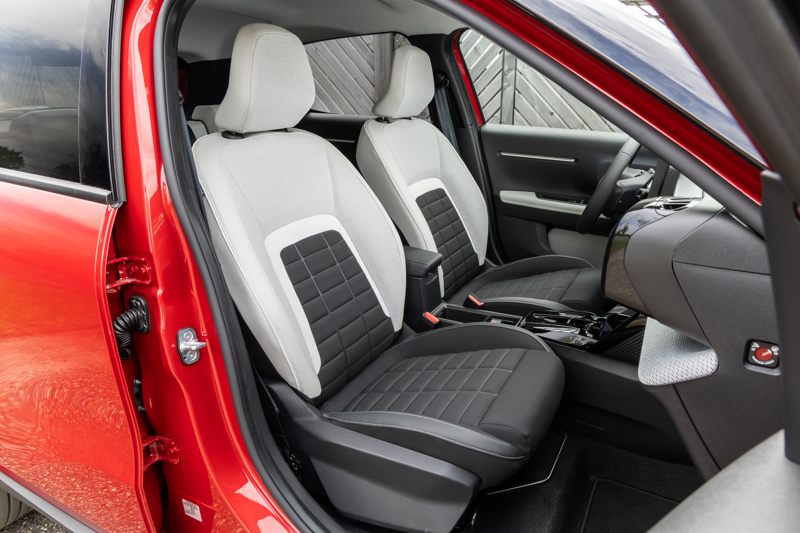
All occupants are also treated to increased head, elbow and leg room compared to the outgoing C3, while the SUV-styling provides higher seating positions. All round visibility is good.
Another major change is that C3 lacks a traditional driver instrument panel. Instead, information on speed, battery charge/fuel etc is projected on to a black strip at the base of the windscreen, with the driver looking over a compact, square-ish steering wheel to see it. It works well and the information is easily visible.
The dashboard uses a mix of horizontal and vertical lines (such as its upright air vents) in its design, giving it a neat, modern appearance, while a mix of material colours and textures throughout the cabin make it a pleasant and airy place to be.
Boot size is 310 litres – comparable to the Vauxhall Corsa (309 litres) but less than the best-in-class petrol Renault Clio (391 litres) - although practicality is compromised by a high boot lip and a sizeable drop down to the boot floor.
Safety and technology
While the model range may lack a traditional driver information display, it is not without a screen – all models feature a 10.25-inch touchscreen which is home to the car’s infotainment system, which offers Apple CarPlay and Android Auto compatibility.
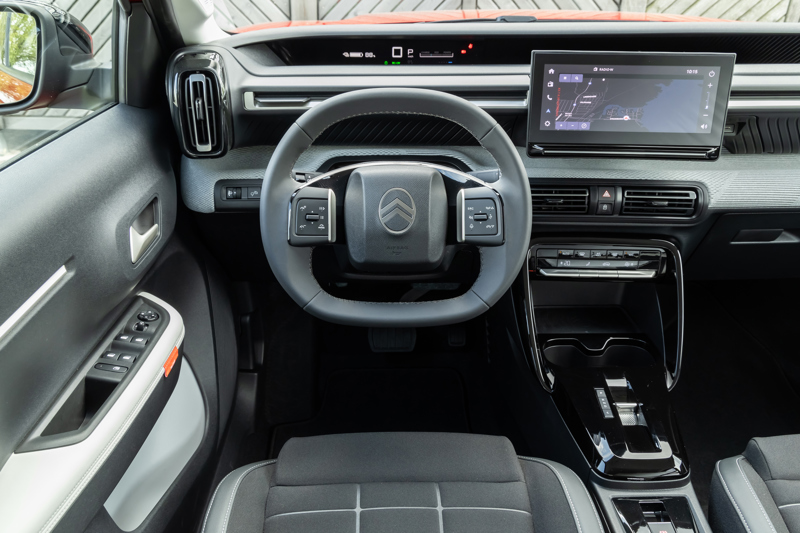
Citroen has made a big effort to simplify the C3 range and options as much as possible, and just two trim levels are available: Plus and Max.
Standard equipment on Plus includes automatic LED headlights with Intelligent Beam, front electric windows, heated electric mirrors, automatic front windscreen wipers and air conditioning.
Max adds LED rear lights, dark tinted tailgate and rear side windows, electric rear windows, front fog lights, automatic air conditioning, heated front seats, heated steering wheel, heated windscreen, Citroen Connect Nav, and wireless smartphone charging.
Standard safety equipment across the C3 and eC3 range includes video-based autonomous emergency braking, driver attention alert, speed limit recognition and recommendation and active lane departure warning system.
Driveability and efficiency
C3 and eC3 will be available with a choice of two powertrains this year: a petrol 1.2-litre PureTech which produces 100PS and has 128g/km CO2, and the all-electric e-C3, which has 113PS and 0g/km. A 1.2-litre hybrid which has 100PS and 117g/km will launch next year.
We drove both the 1.2-litre PureTech and e-C3 and were impressed with both. They both reflect Citroen’s commitment to prioritising comfort, with the plush ride at least equal to any other car in the supermini sector.
Refinement is impressive as well, with road and wind noise nicely suppressed, while the steering and – in the petrol model – gearbox were both light and precise to use.
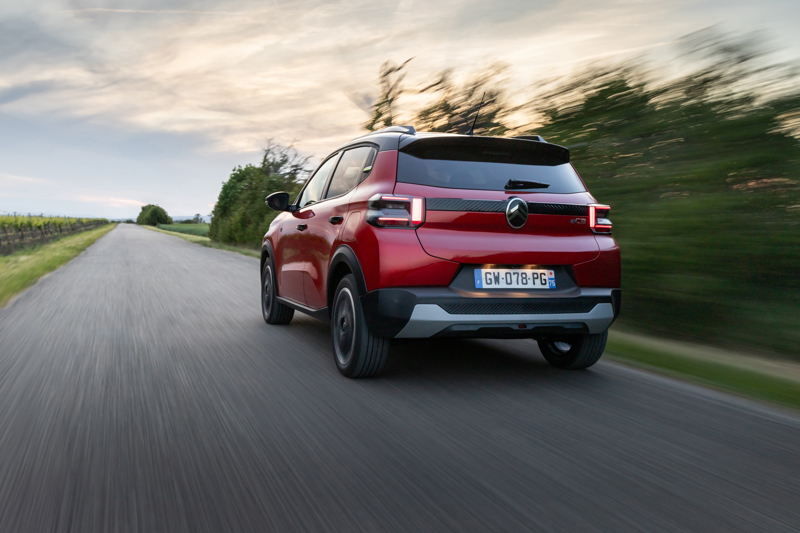
The e-C3 uses a 44kWh battery with a range of 199 miles. A 7kW AC onboard charger means it will charge from empty from full in under seven hours.
It can also charge at speeds up to 100kW on a DC charger, and takes 26 minutes to go from 20% capacity to 80%.
Other superminis may give the driver more feedback and a sportier driving experience, but the goal for C3 was comfort and it has achieved this admirably.
Company car tax and running costs
The C3 range starts with the petrol PureTech 100 Pure which sits in the 30% tax band for 2024/25 and, with a P11d value of £17,515, will cost a 20% taxpayer £88 a month in BIK.
The same driver choosing the Hybrid 100 Plus (£19,325) will pay £98 each month in BIK, while the e-C3 Max (P11d value: £23,635) attracts a monthly bill of £8.




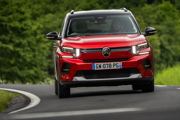

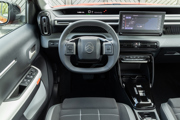
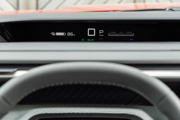
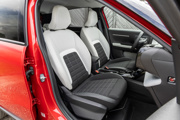

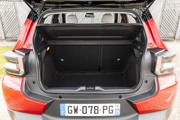






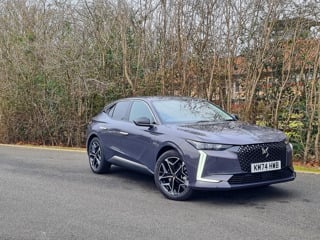













Login to comment
Comments
No comments have been made yet.